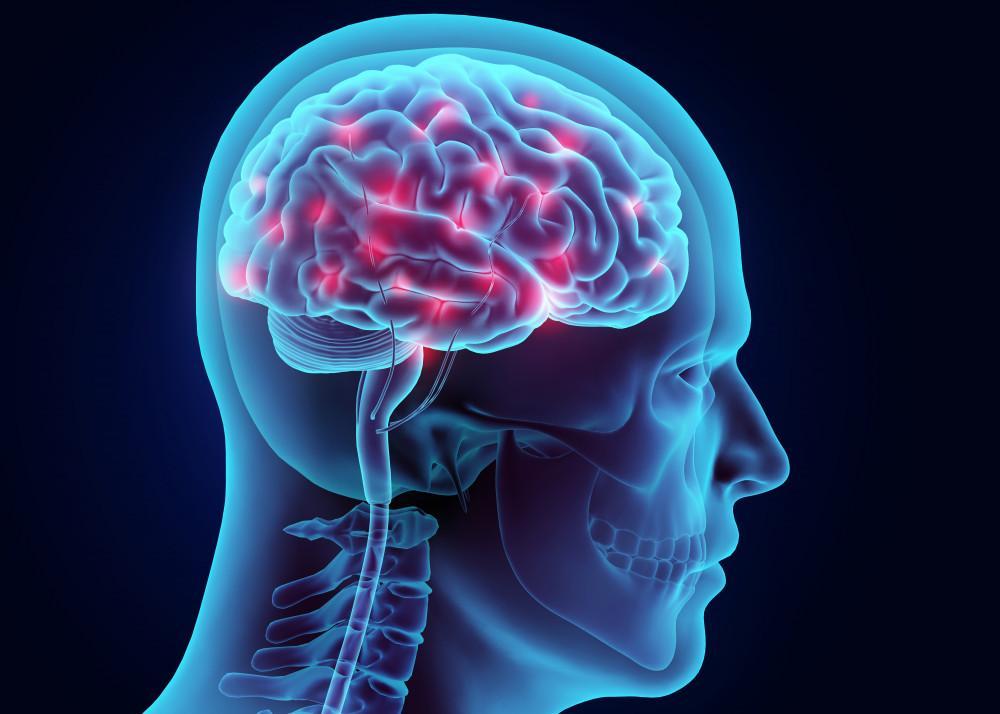
Regenerative Medicine Therapies That Can Remedy Aging Joints

When your joints are healthy and in perfect working order, they function like a well-oiled machine, making it possible for you to enjoy full range of motion and move with ease.
But even though your joints may be incredibly strong and resilient, they’re also pretty complex, which means they’re prone to injury and the kind of age-related degenerative conditions that come from everyday wear-and-tear use.
Osteoarthritis may be one of the main reasons older adults experience achy, painful joints that get worse with each passing year, but joint pain isn’t always a product of arthritis — any condition or injury that affects the cartilage, bones, tendons, ligaments, or muscles that make up a joint can lead to chronic pain and inflammation.
The traditional treatment strategies for joint pain involves conservative measures like anti-inflammatory medication, physical therapy exercises, and when necessary, ice, compression, elevation, and massage.
As helpful as these approaches can be, however, they don’t fully address the underlying cause of joint pain, stiffness, and swelling. And when chronic joint pain no longer responds to conservative treatment measures, many adults find themselves having to choose between steroid injections and surgery.
Fortunately, the future of medicine has finally arrived, and it’s a game-changer for joint pain. If you live with chronic joint pain, read on to find out how two groundbreaking regenerative medicine treatments — stem cell injections and platelet-rich plasma (PRP) therapy — can help take years off your joints.
Tissue repair cycle basics
When tissues within a joint are injured or irritated, the blood vessels in the lining of the joint bring in new cells to remove the irritants and deliver healing factors to the damaged tissues.
This natural tissue repair cycle begins with inflammation, which prompts the recruitment of corrective cells. These cells perform two major functions — they release breakdown enzymes and build up growth factors, both of which have the ability to clean up and repair tissue damage.
To complete the repair process, the enzymes and growth factors work synergistically to stimulate collagen and protein production for the formation of new tissue or scar tissue, depending on the circumstances.
Regenerative medicine therapies for joint pain work by stimulating and speeding up your body’s tissue repair cycle and natural healing process.
Stem cell injection therapy
Stem cells can be found in many of the organs and tissues of your body, including your brain, bone marrow, blood, blood vessels, skeletal muscle, skin, teeth, heart, gut, and liver. Under normal circumstances, they simply help maintain the tissues they reside in.
Stem cells become active when you sustain some type of injury or trauma. Once they’ve been awakened, they head straight to the damaged area, and they transform themselves into the same type of cell that’s been injured, in order to help speed up the healing process.
Stem cell therapy is a noninvasive approach to joint pain that acts to decrease inflammation and foster healing. It involves injecting a high concentration of adult stem cells (harvested from your own tissues) into an injured or damaged joint to promote optimal healing.
Stem cell therapy has been successfully used to treat a variety of painful joint conditions, ranging from degenerative arthritis to rotator cuff injuries and sacroiliac joint dysfunction.
Platelet-rich plasma therapy
Your blood plasma may be mostly liquid by volume, but that liquid contains a variety of small, solid components, including red cells, white cells, and platelets.
The primary function of your platelets is to facilitate the clotting process when you’re bleeding. To help them get the job done efficiently and effectively, they contain hundreds of growth factors and other bioactive proteins that encourage cellular repair and tissue regeneration.
The most important growth factors, known as platelet-derived growth factors (PDGFs), help speed the tissue repair process exponentially by stimulating the release of stem cells from blood vessel walls.
To harness the healing power of growth factors, we take a small amount of your blood, spin it in a centrifuge to isolate and concentrate the platelets, and then mix the platelets with a tiny amount of plasma to create an injectable serum.
This highly potent serum (PRP) contains up to 10 times as many growth factors as what you’d find in the same amount of normal, circulating blood. When we carefully inject your personal PRP serum into an injured or damaged joint, its growth factors and bioactive proteins actively stimulate stem cell tissue renewal and rapid healing.
You Might Also Enjoy...


Botox: It’s Not Just for Your Face. Check Out How It Can Treat Your Sweaty Feet and Armpits

Fibbed to Your Physician? You are Not Alone and Your Doctor Knows

A New Tool for Chronic Pain

Spotting the Telltale Signs and Symptoms of CRPS


